DXY was stable overnight. CNY is still falling. EUR was OK:

AUD sank to new lows but rallied to unchanged against DMs:
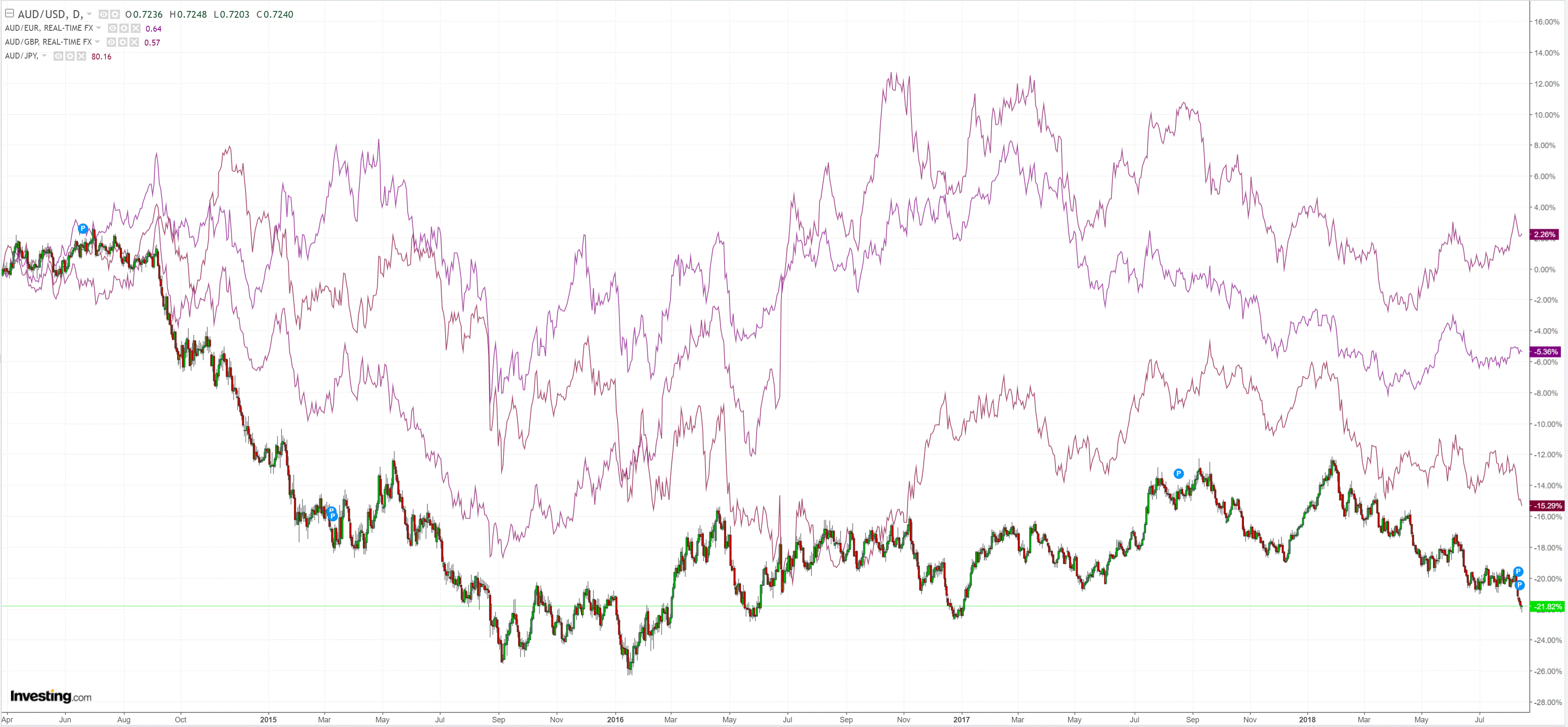
It was stronger than EMs:
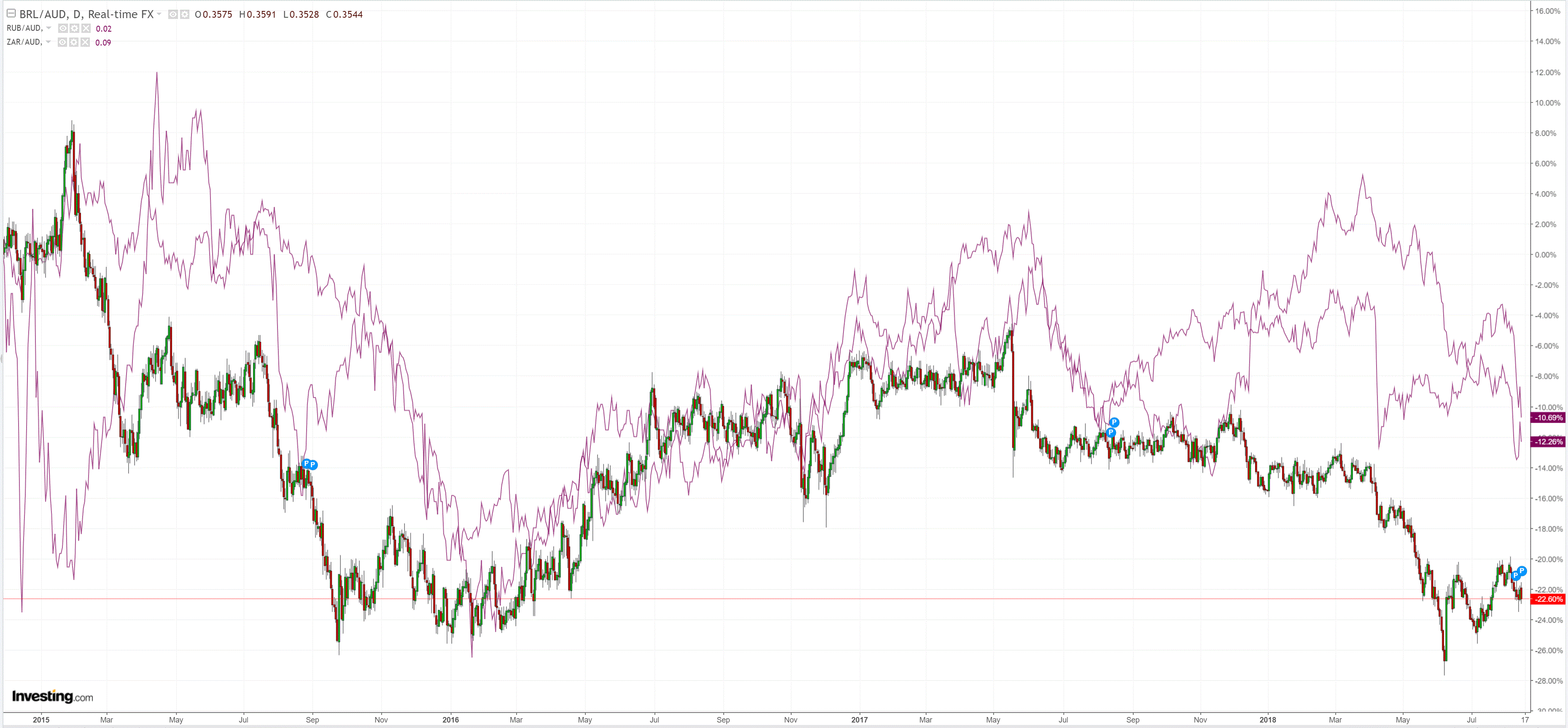
Gold was pounded:
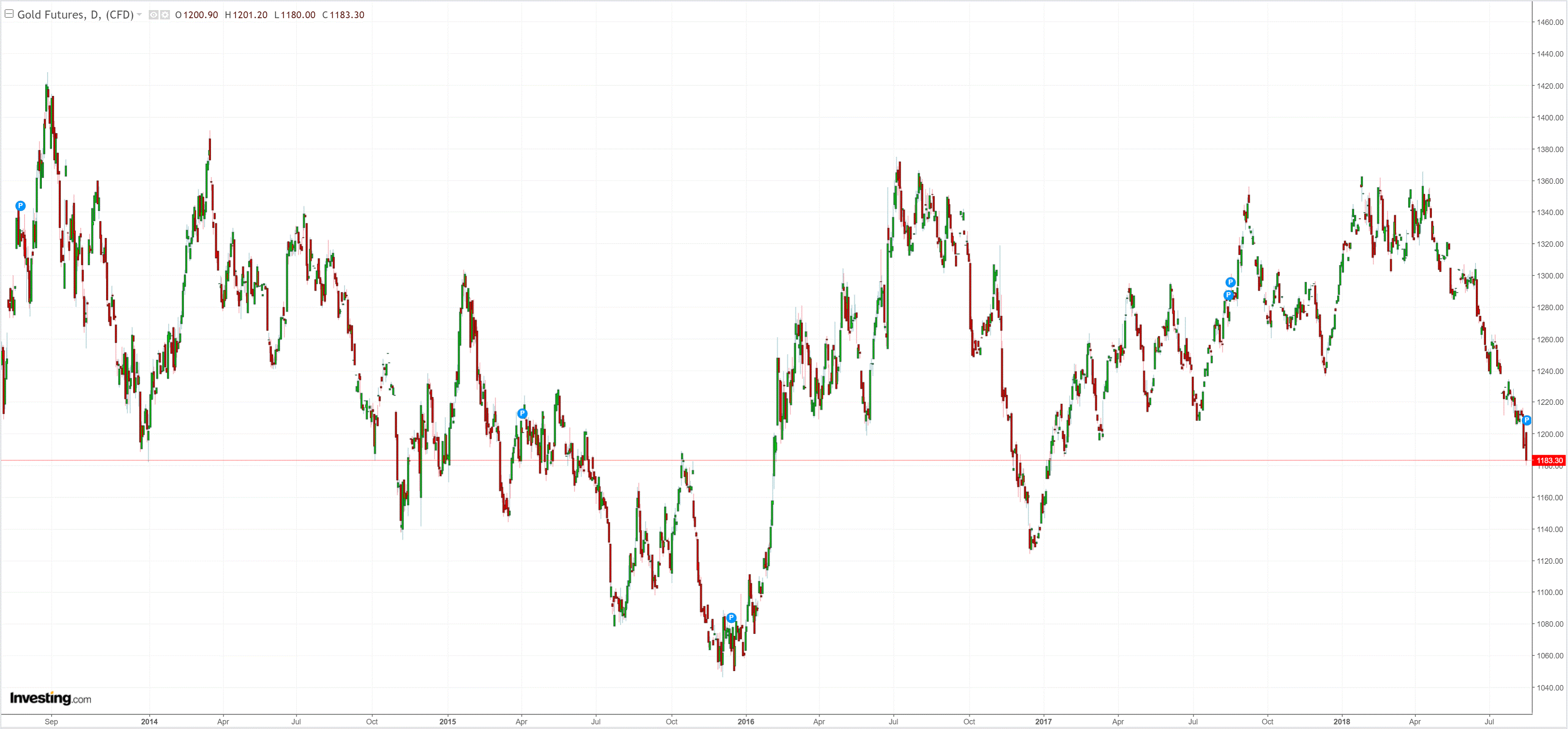
Oil too:
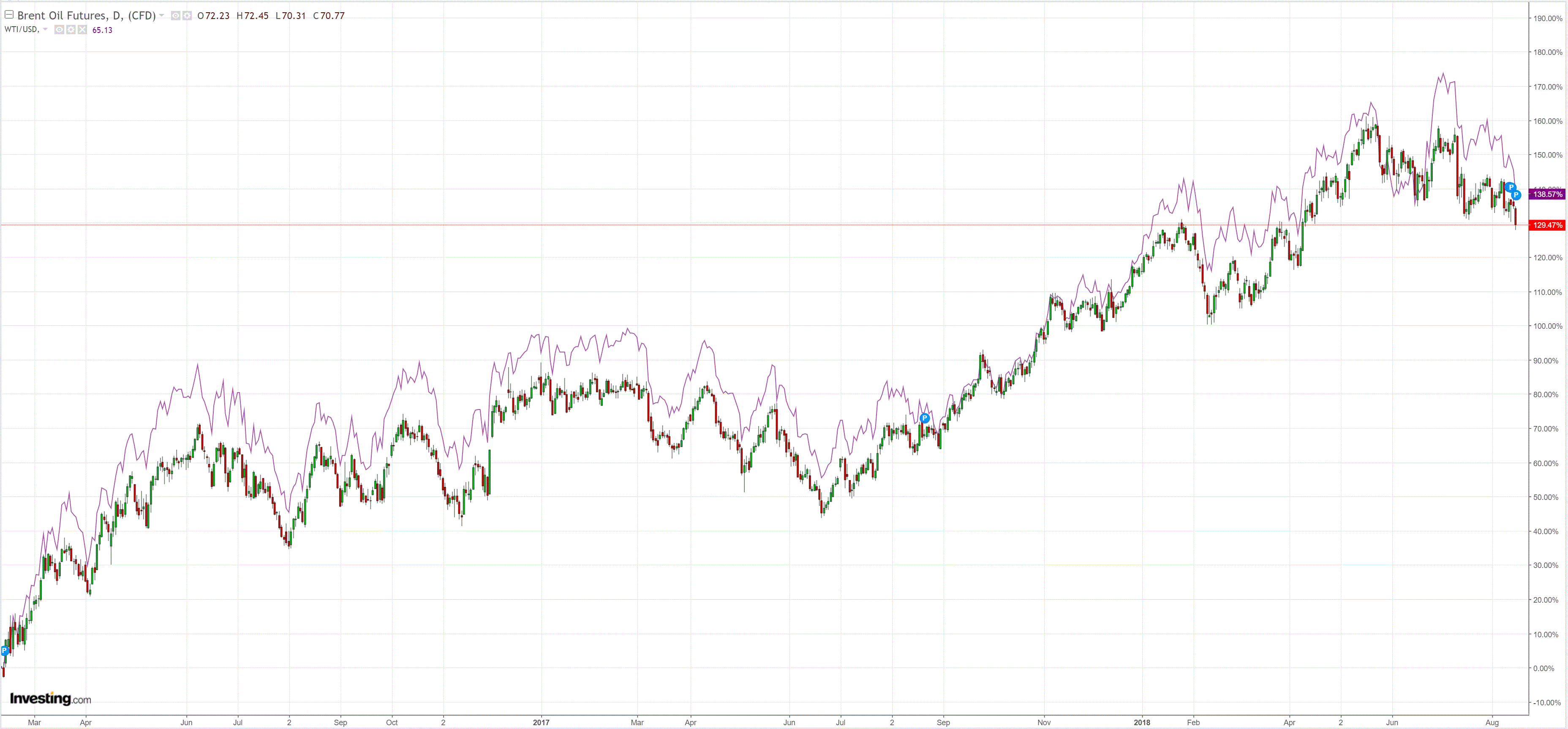
Base metals capitulated:
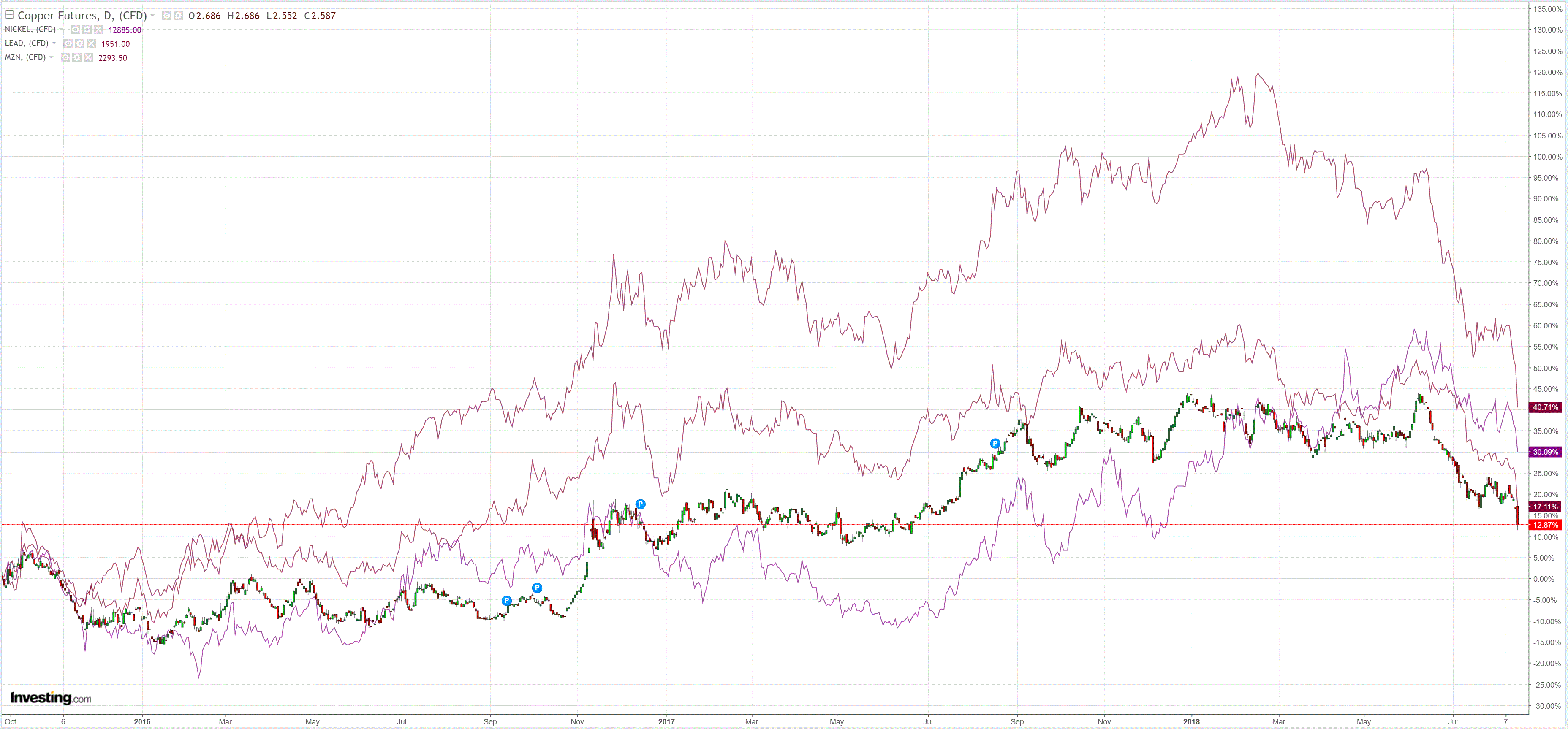
Big miners too:
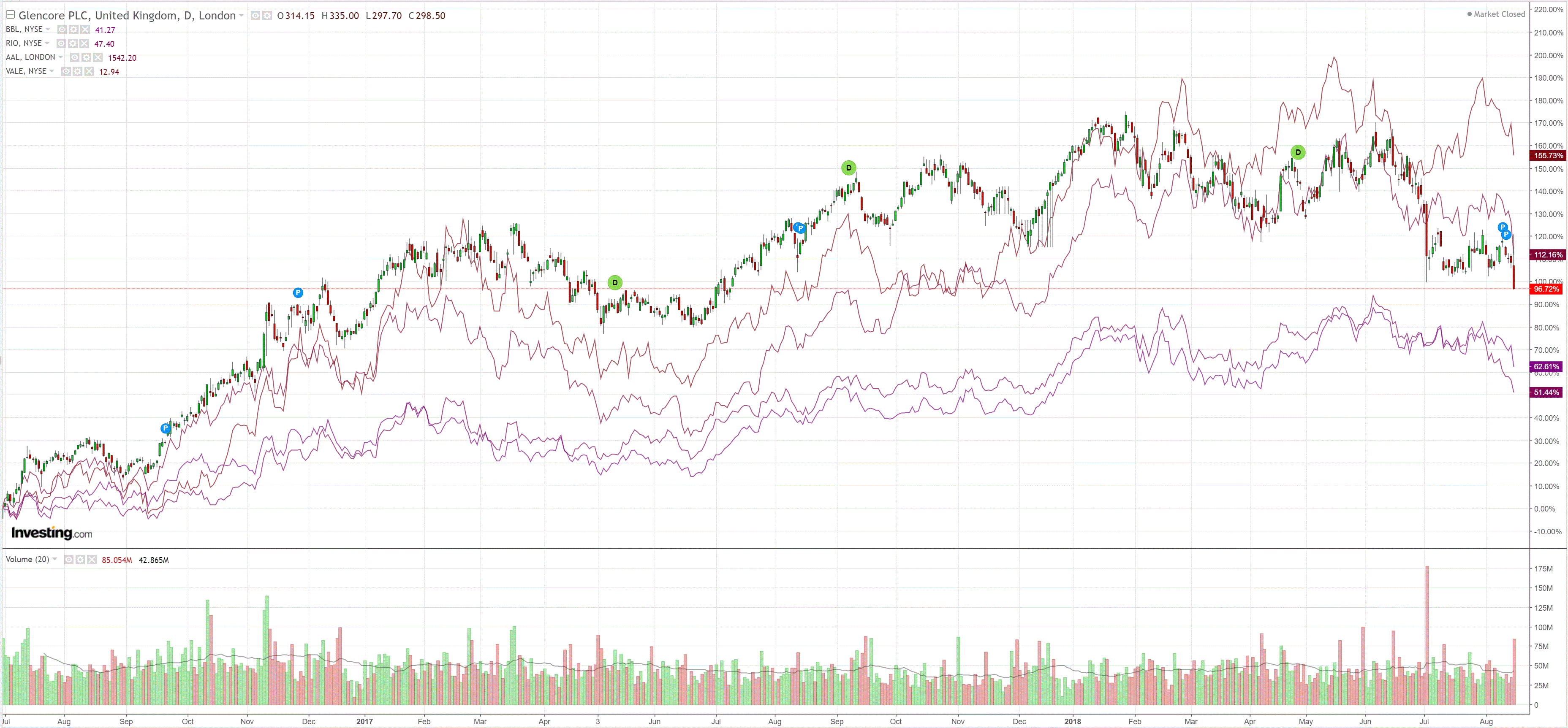
EM stocks were pulverised:
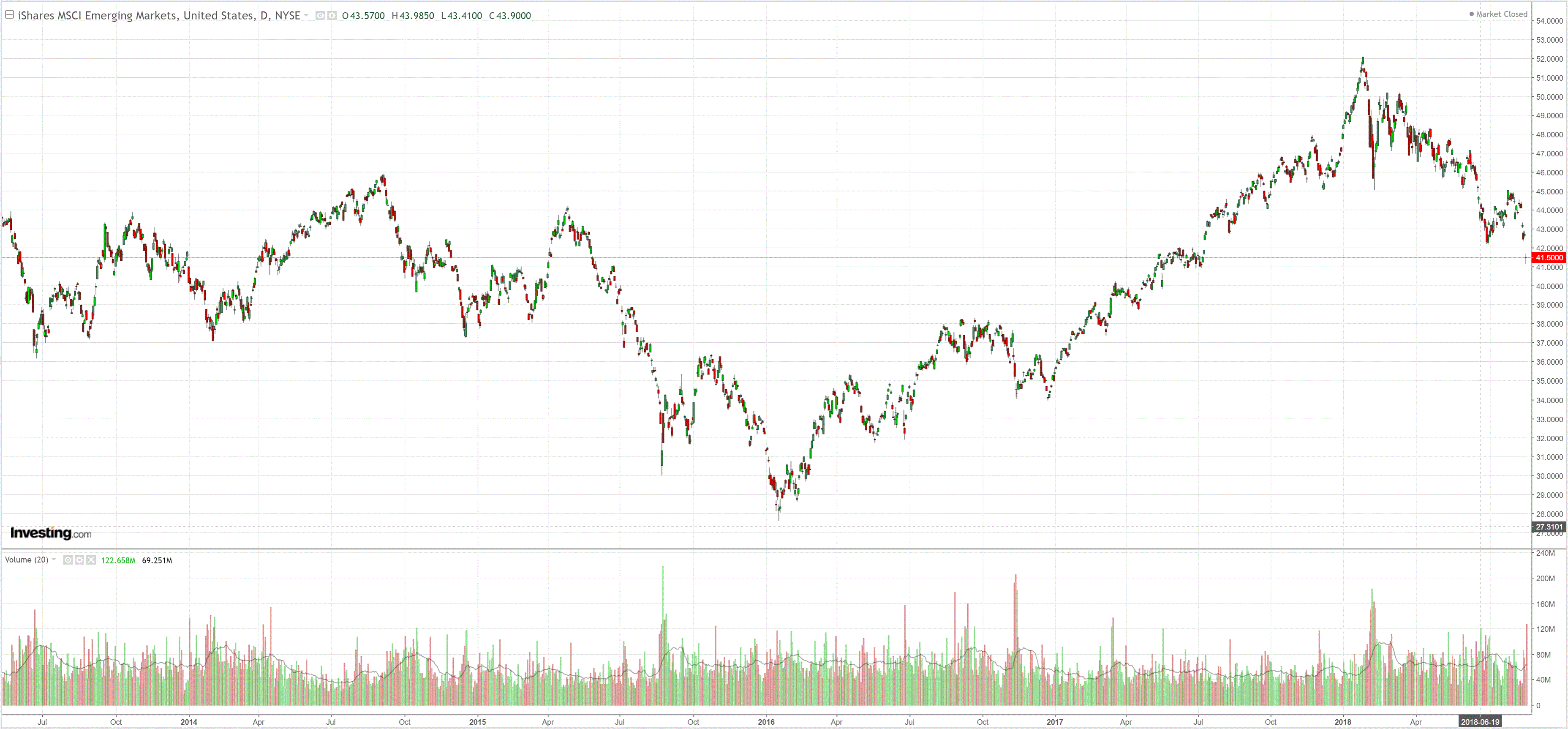
And the leading indicator of EM junk sees more to come:
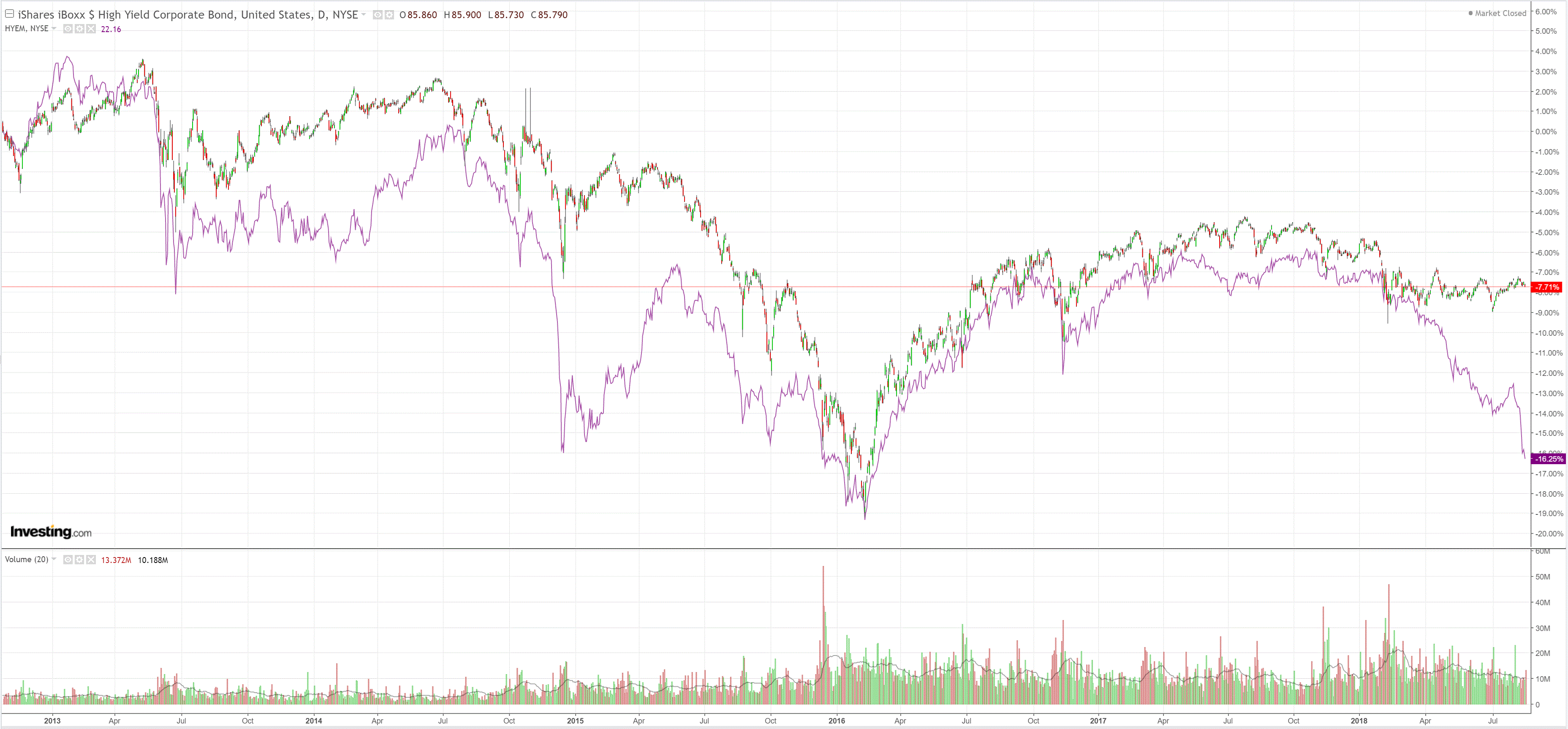
Treasuries were bid:
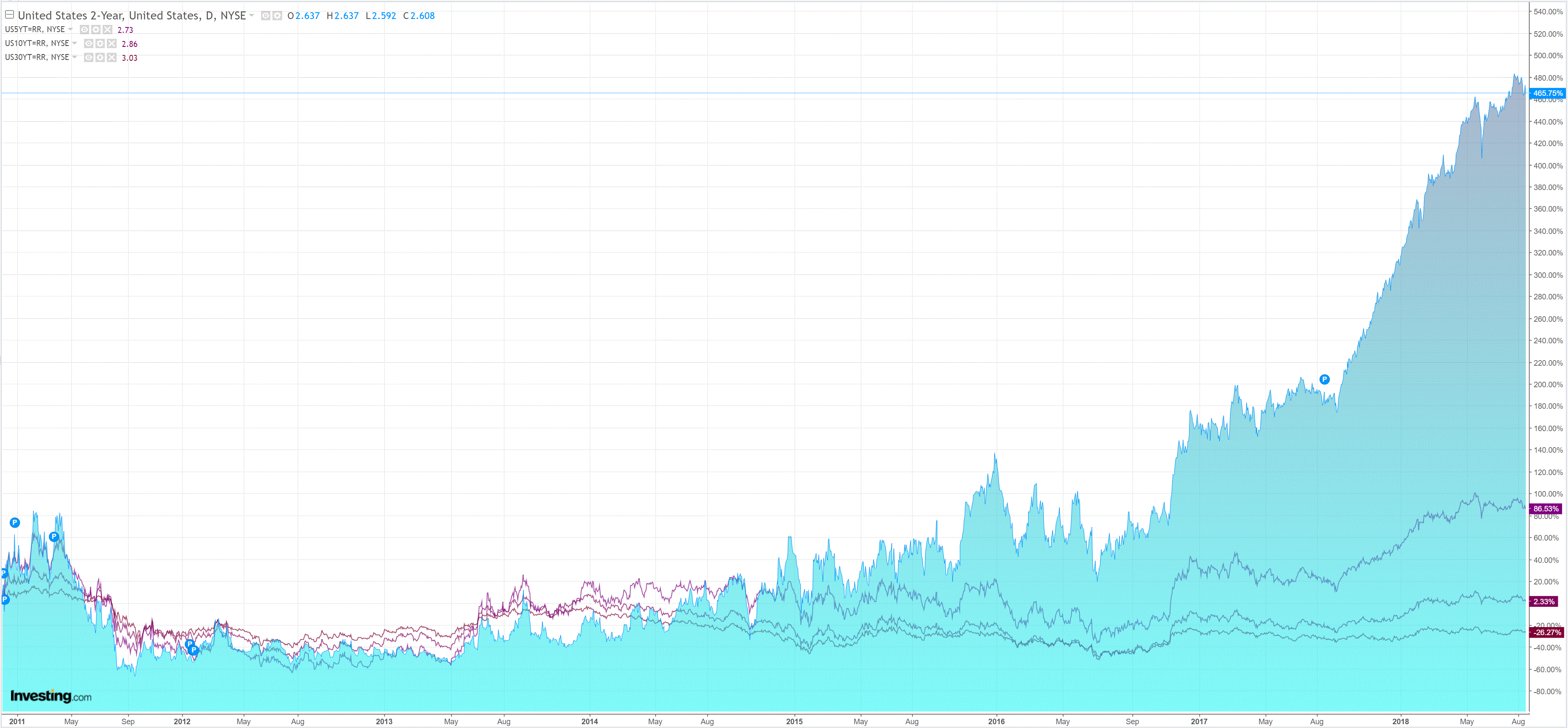
And bunds:
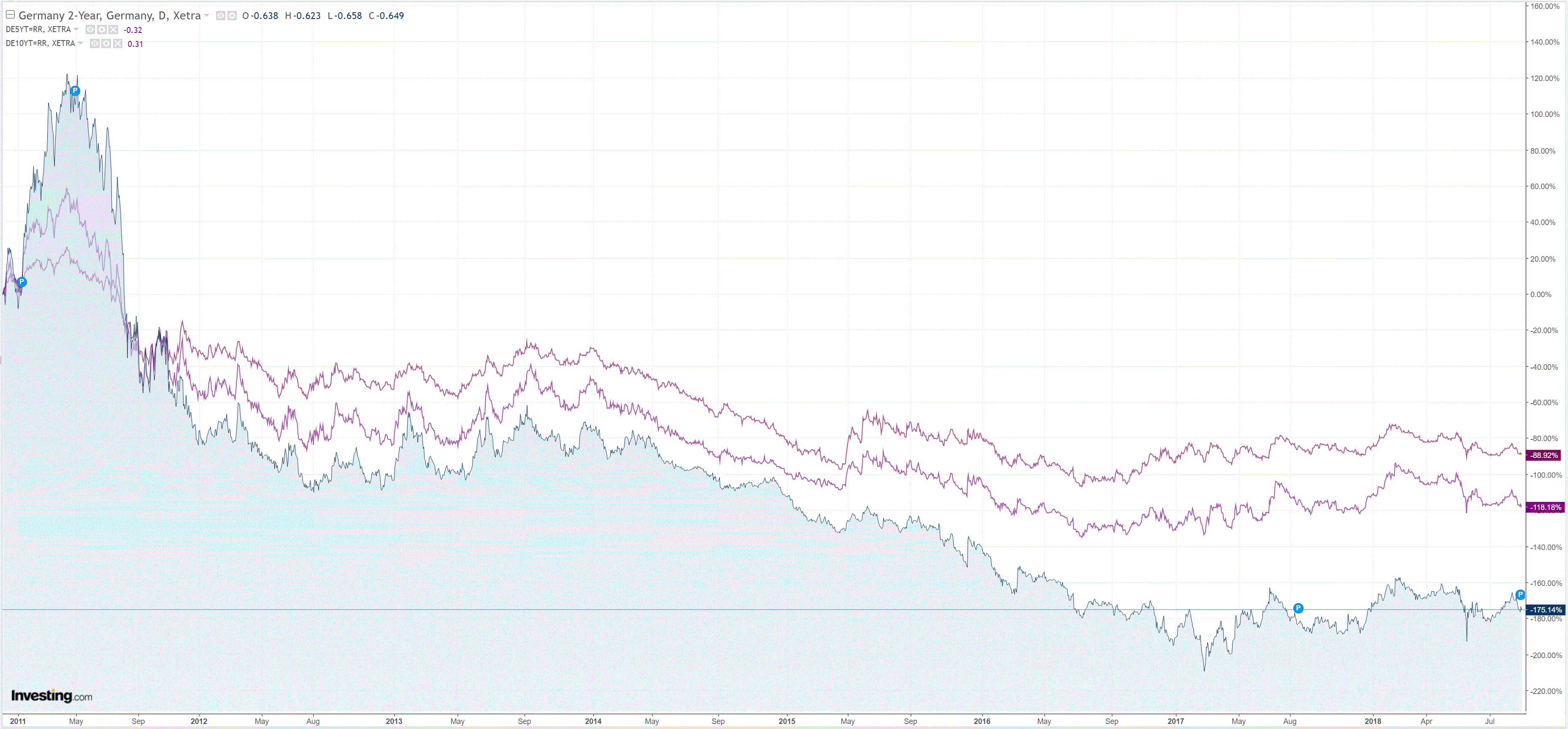
Italy is buggered again:
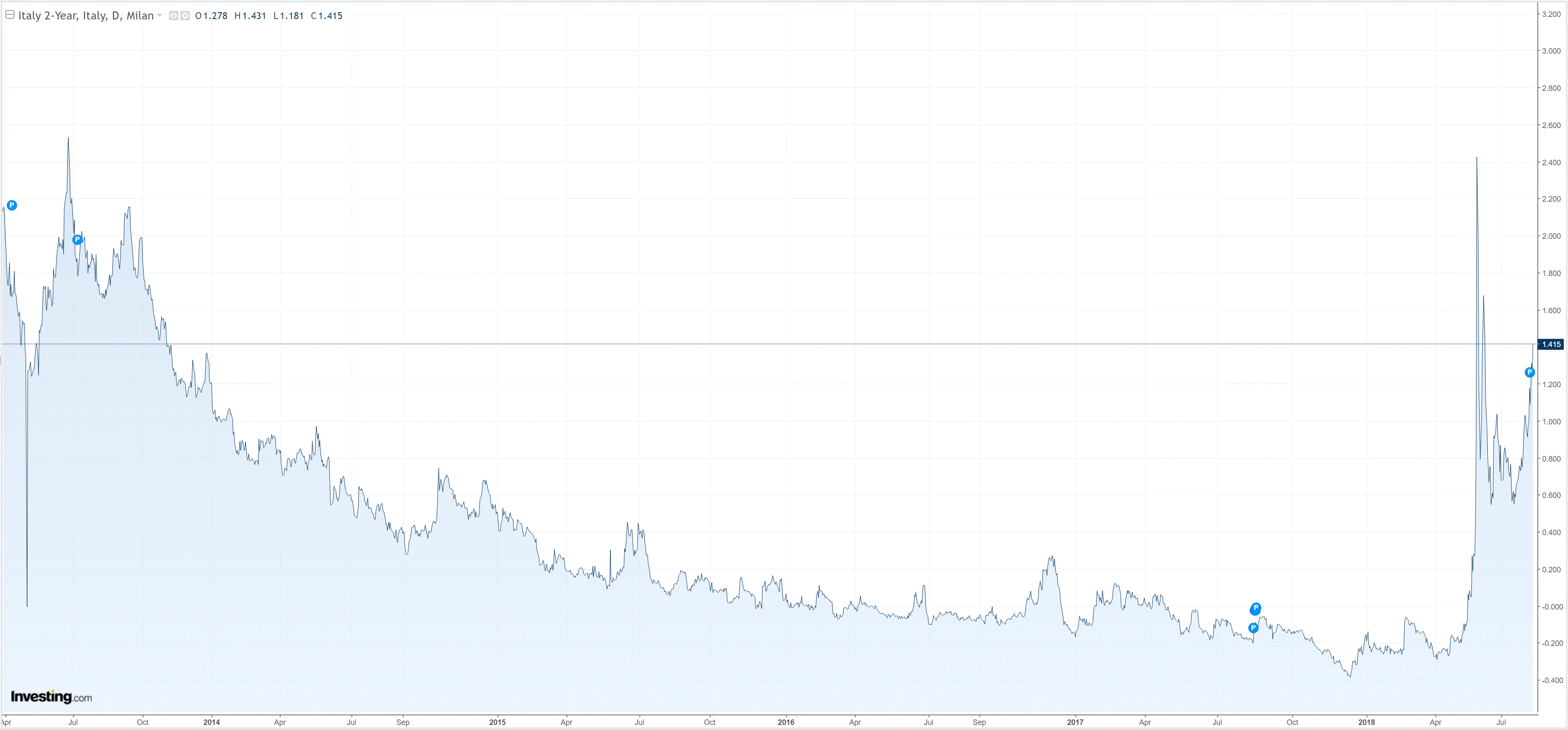
And stocks took some pain:
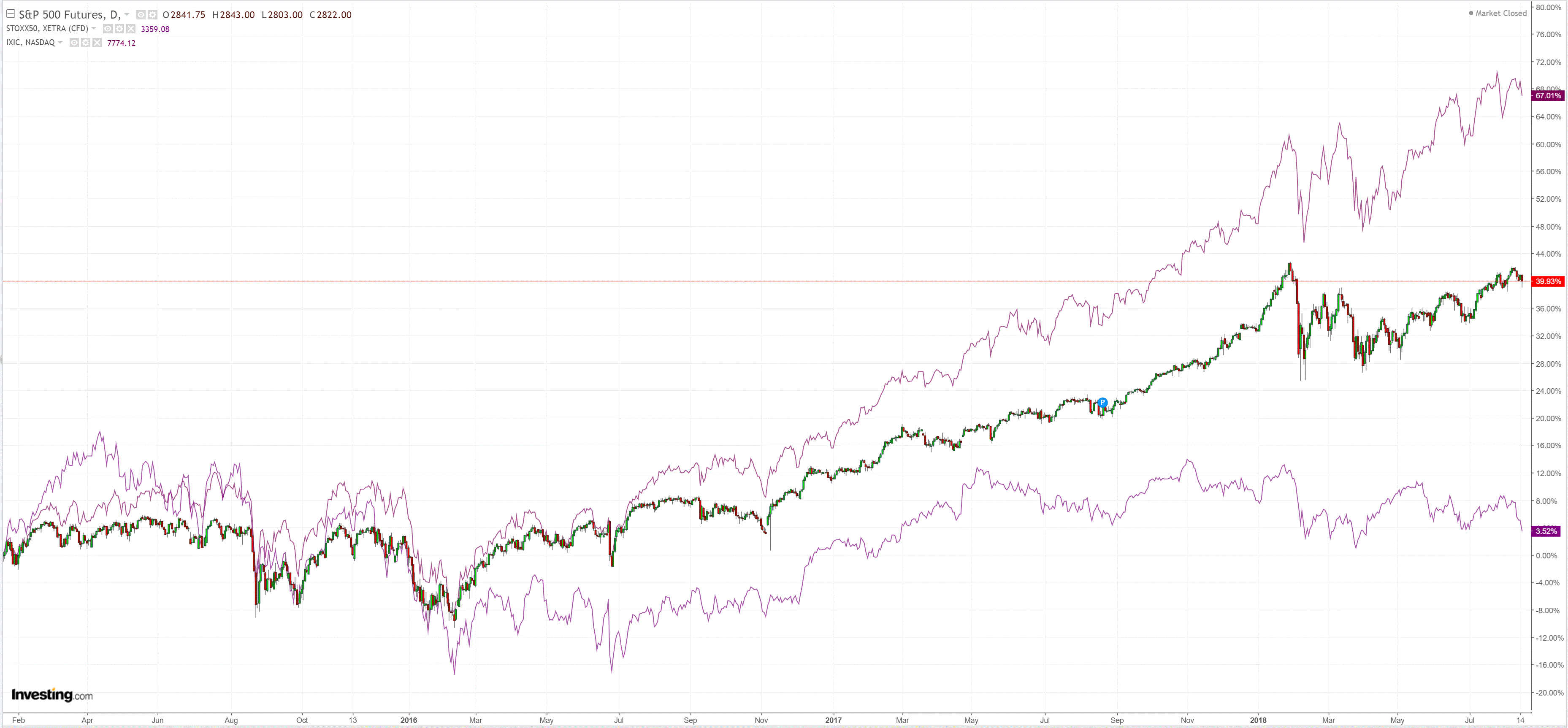
US data was rock solid with a good NYFed index, industrial production up 0.1% and booming retail sales at 0.5%:
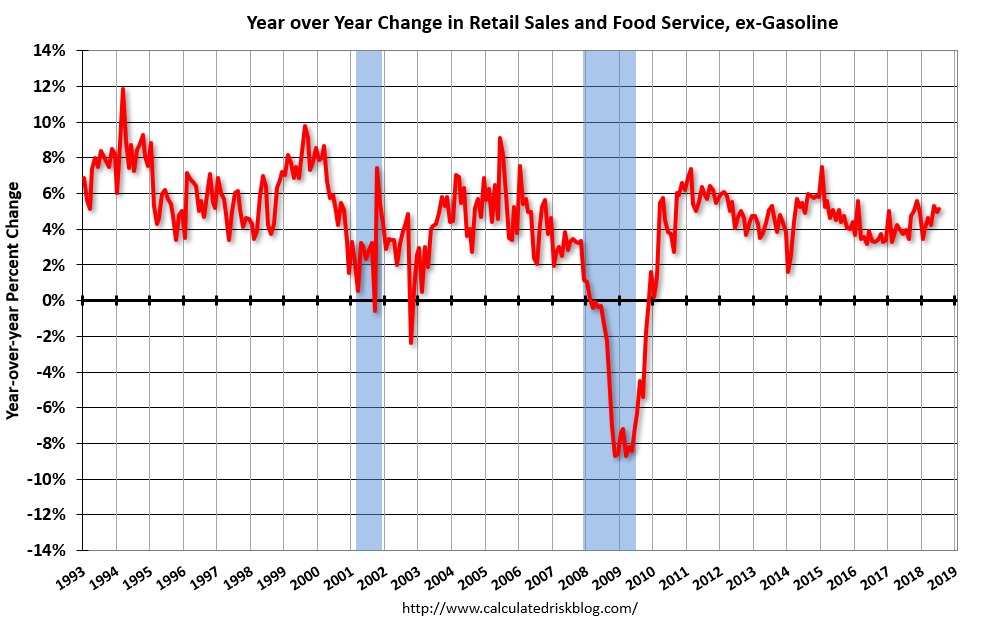
But that was bad news for EMs as the tightening Fed and rising DXY remains the dominant narrative, sending EMs into a non-stop tailspin. When does that end?
Only one thing can stop it. Slower US growth and an easing Fed. The last time we went through this in late 2015, it took an oil crash that threatened a meltdown in US junk debt and falls in equity of 14%. None of those things are yet apparent. Even then it was only a pause in tightening that combined with Chinese stimulus to reflate the global economy.
Could we see a rerun? Yes. Via Bloomie:
America’s growing debt pile may force the Federal Reserve to stop shrinking its balance sheet before the year is out, according to Credit Suisse Group AG analyst Zoltan Pozsar.
With bank reserves at the Fed being pared, the U.S. central bank will soon have to make a choice between activating an overnight facility for repurchase agreements or halting its balance-sheet reduction earlier than many market participants expect, the former U.S. Treasury adviser wrote in a note Monday.
He indicates that policy makers are unlikely to pursue the option of a new facility until alternatives have been exhausted, meaning a premature end to the taper is the most likely outcome. Royal Bank of Canada analysts said last month the balance-sheet runoff could end as early as 2019, while Goldman Sachs strategists in May said they’re assuming an end around April 2020.
Others are even more aggressive. BMO sees QE4:
We typically try not to venture too far into the deep end of the academic policy pool, but we donned our floaties to take a look at a speech the New York Fed’s Simon Potter given earlier this month entitled “Confidence in the Implementation of U.S. Monetary Policy Normalization” which we think is informative about how far the Fed will run down excess reserves in the system. Because the volatility in reserves is drastically higher than it was pre-crisis, and the Fed doesn’t control all the factors, it seems reasonable that they would want to avoid risking the reserve volatility feeding through into overnight rate swings. We struggle to think of any macroeconomic benefit resulting from a world with dramatically higher volatility in overnight interest rates – or even running the risk of entering that world – and can only assume that the Fed would prefer to avoid that outcome as well.
…prudent risk management for the Fed to run a serious risk of hitting a non-linear kink point in the reserves demand curve, so would expect them to cease balance sheet roll-off with a sizable buffer…imply a 2019 end-date to the balance sheet run-off program; markedly earlier than market appreciates.
In fact, relatively soon afterwards the Fed may need to begin expanding its balance sheet once again to maintain sizable excess reserves in the system.
Hard to argue with it. But not yet. There’s barely any pain in markets so far. Moreover, what role the trade war and any further US stimulus will take is unclear. The Trump infrastructure program is stalled but there are some signs of life. As well, more tariffs are forthcoming generating more US inflation.
Nor do we know what measure of support Jay Powell feels he should give the White House versus being the world’s central bank.
Lot’s of uncertainties and water under the bridge before we get to US easing and EM peace of mind yet.
That equals more downside ahead for the Australian dollar.

